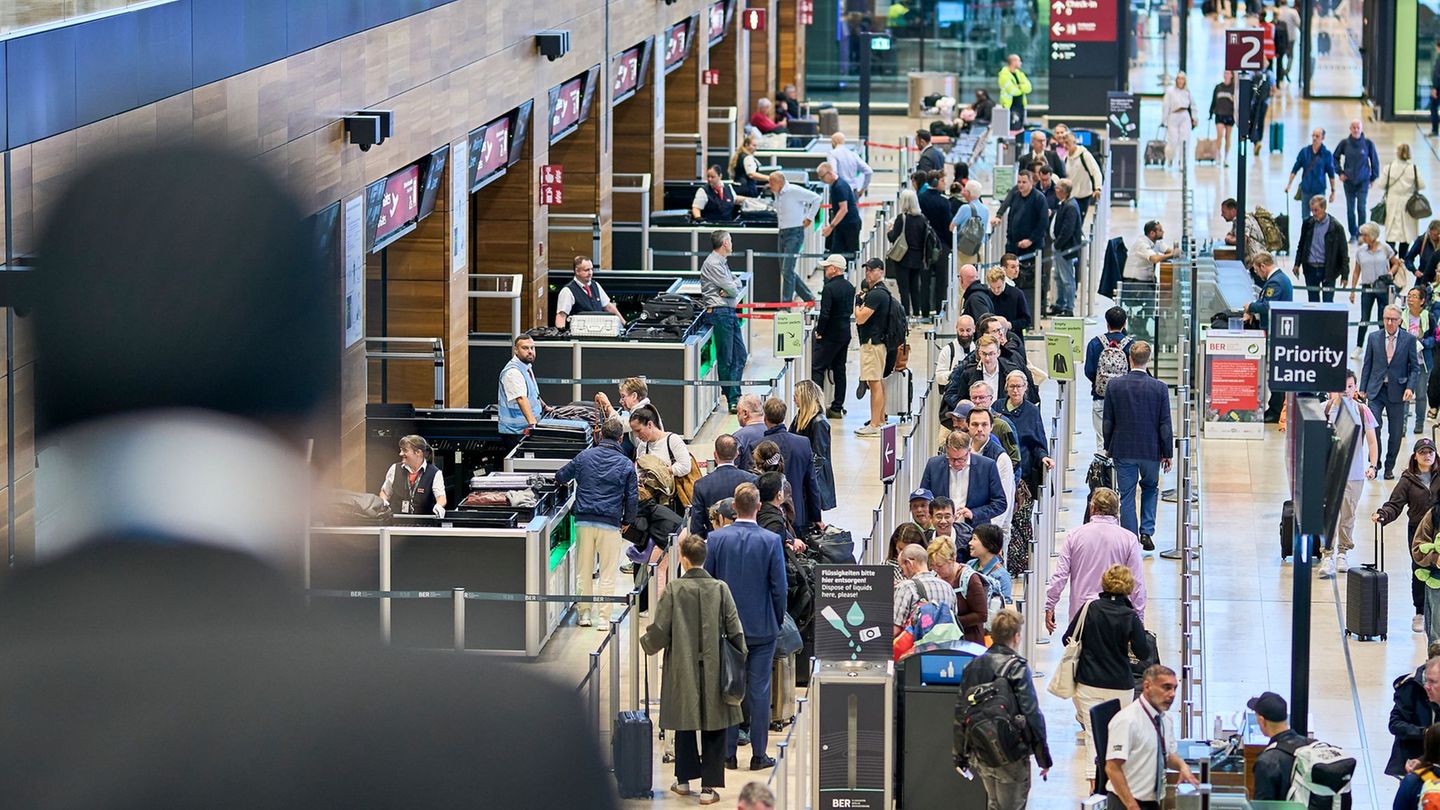Menu
Energy: Dimming rules for power grids are intended to relieve consumers
Categories
Most Read
Gift tax: How to avoid pitfalls when giving
October 2, 2025
No Comments
Travel traffic: full trains on weekends – construction sites brake traffic out
October 2, 2025
No Comments
one by one, all the increases that will be charged in October
October 1, 2025
No Comments
US trade war: Circles: Start of new US pharmaceuticals only later
October 1, 2025
No Comments
The options recommended by experts
October 1, 2025
No Comments
Latest Posts

Football: Canadian champion: title record and 300th goal for Müller
October 2, 2025
No Comments
PierceI am Pierce Boyd, a driven and ambitious professional working in the news industry. I have been writing for 24 Hours Worlds for over five

Problems with check-in: Impairments on the BER stop after cyber attack
October 2, 2025
No Comments
AngelicaI am an author and journalist who has written for 24 Hours World. I specialize in covering the economy and write about topics such as

“Fear and Loathing” author Hunter S. Thompson: Death is being examined after 20 years
October 2, 2025
No Comments
Lisa HarrisI am an author and journalist who has worked in the entertainment industry for over a decade. I currently work as a news editor
24 Hours Worlds is a comprehensive source of instant world current affairs, offering up-to-the-minute coverage of breaking news and events from around the globe. With a team of experienced journalists and experts on hand 24/7.

